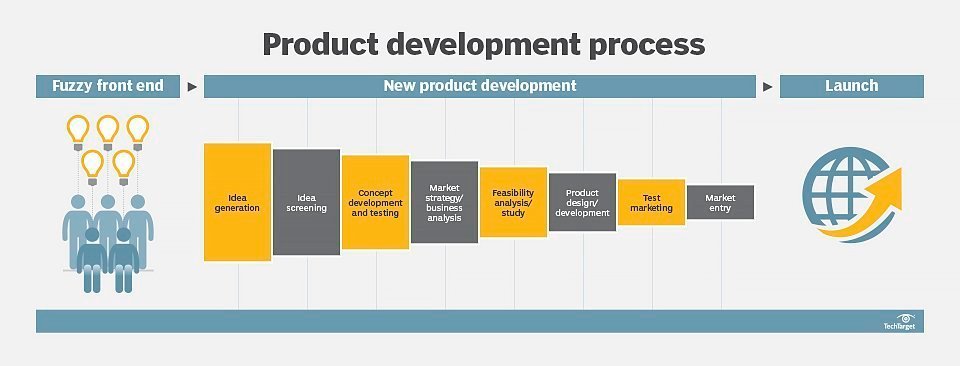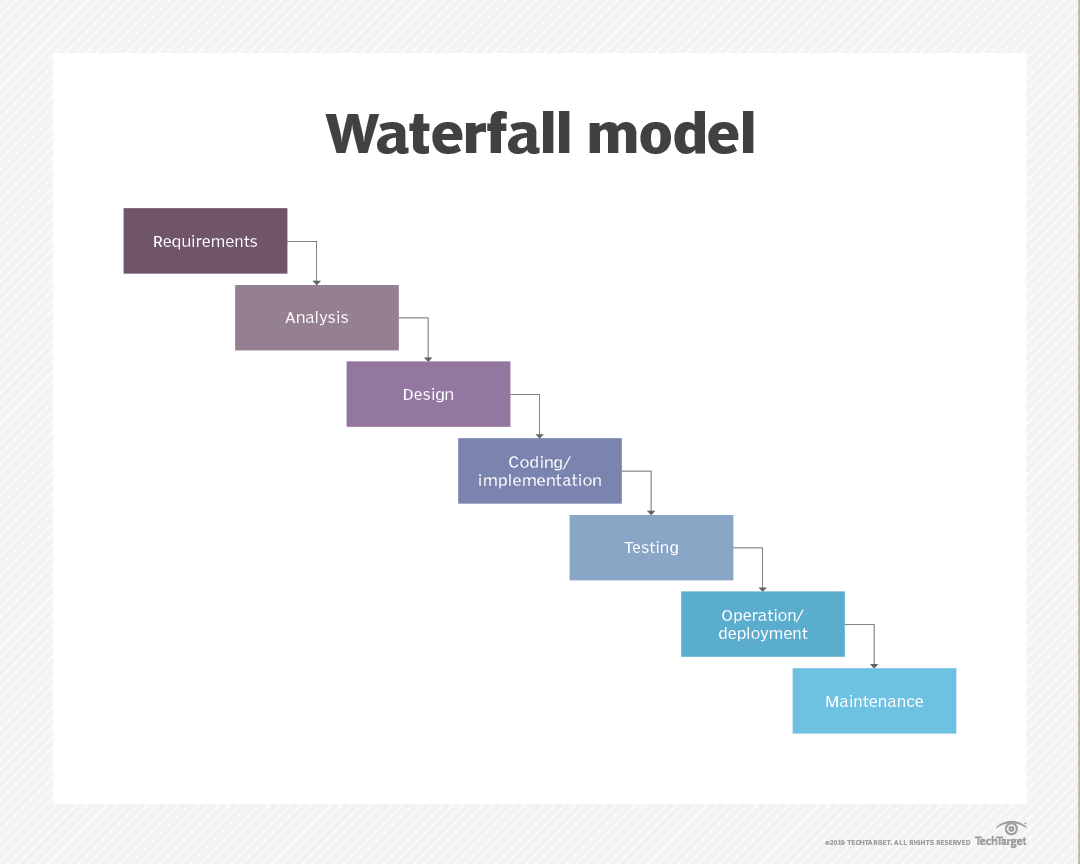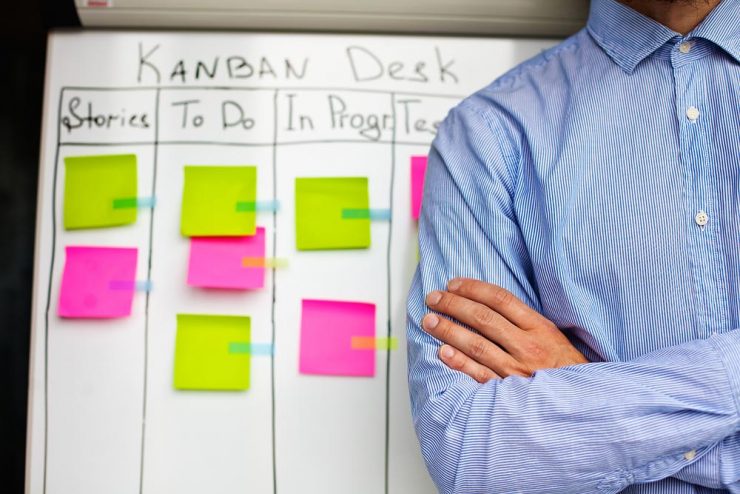Product development is one thing that is very important for entrepreneurs, as much as it is to established brands. Though you may have a vague idea of what it is, do you wonder what product development exactly means? Why does it matter so much in the business scenario? Is it just another buzzword?
Product development is necessarily a series of steps that involve conceptualization, product design, development, and carrying out promotional activities or marketing new goods and services. The main objective of product development is to meet continually changing requirements of the market, cultivate market share, maintain and increase it – all this, while effectively satisfying the demands of your customers and clients.
Your client base will not always be impressed by every product that you come up with. That is why it is necessary to keep in mind that you always have to define a target market in the earliest stage of product development. You should conduct quantitative market research at all phases of the product development process. Moreover, this process brings about a lot of innovation in the current business scenario as opposed to earlier. You can take the example of computer-aided design (CAD) here. The continuous development of this product or software has now enabled engineers to simulate complex products that earlier would take months for development. The simulations so created can then be used for further tests and refining.
What is product development?
In simpler terms, product development refers to bringing a new service or goods to a market where they were previously unavailable. It includes conducting brainstorming activities to come up with an idea for a new product, collecting necessary information such as demographics, analyzing the target market where the new product or service would be appealing, designing and creating the product, and carrying out a test in expected situations. Simply put, changing the product or service in any aspect can be termed as product development.
As the economy grows, so do the products that are available in the market. Why do these products need to expand and evolve constantly? It is necessary because customers and clients seek updated and the most competitive version of the product that they want to purchase. Cutting back on development will affect the growth of the business adversely. Continuous product development is the essence of long-term success. It is a very well-known fact that some of the most successful companies generate more than half of their sales revenue after releasing new products, rather than from already existing products.
But, does product development only have a broad definition? No. When you define the coding stage in the process, it is related to software, while manufacturing is related to a physical product. The roadmap for software development teams is more flexible in terms of priority, communication, summarization, and release of the product. The significant product development cannot be undermined as it will provide project stakeholders with project execution fluency and code development.
Product development process
It is not quite enough to understand what product development means. You also need to know the six-step series of the product development process in order to have a clear roadmap of where you are headed.
Here’s how it works:

Ideation and Analysis
This is the first stage in the product development process and involves brainstorming ideas and analysis of the problem statement. You also need to ask yourself who this product will be useful for and list out all the possible users of your solution. You can create personas of the users and understand how each of these personas will interact with your product. To do this, you can make use of user scenarios. Key requirements must be extracted in order to create a proper software that aims at fulfilling the needs of the users.
In the conceptualization phase, a concept or an idea needs to be formulated after a list of requirements is in place. You also need to ensure that regardless of the complex of functionality behind any scenario whatsoever, the user interface or UI must not be too overwhelming or confusing for the users.
Product Architecture
Product architecture is the second phase wherein it acts as a foundation of the system or product that you are about to create. It will give you an idea of how the product must look and feel as per the requirements of your client base or target audience. This includes a hosting network and development environment with the help of data modules. You must design the product architecture in a manner that will meet the requirements stated by your client or customer.
However, always keep in mind that the visual appeal of your product plays a very important role, not just for grabbing the attention of your users but also to create a lasting first impression on their mind. You may want to make a simplified user interface and easy-to-understand features based on your target audience.
Design and Development
The design and development of the product involve breaking down the received requirements to estimate the time and efforts that will go into the product. These requirements need to be very detailed. Once that is done, resources must be identified, and tasks must be assigned to each individual working on the team. Each individual must also be provided with important documentation that will facilitate the product development process. The design, workflows, and tools that will be used for the solution must be identified before tasks are broken down. This will ensure that the tasks are completed before the given timeframe. Design document, functional requirement specification document, and coding standards that are to be followed must be created in the design and development stage.
Quality Assurance
Any software product is expected to be as flawless as possible. Quality is the most crucial factor for any such product to take off. The quality assurance stage involves build installation, several rounds of system testing, fixing bugs if any, user acceptance testing or UAT, and also test report generation. Once this is done, if any issues are found, they must be verified and corrected to minimize issues and stabilize the product. Before approving production implementation, it is advisable that you give some time for UAT testing. The reason for this is that it is best if you release the product after all the errors have been fixed to avoid a negative impression from forming. Fixing these errors in the download updates or next versions will not create a trust factor, and your users will be skeptical about investing in your product.
Another issue of bugged software may be the cause of data losses for the users, and this will be a cost for your business. Instead, it is best to deliver quality and secure code to build and fix issues related to your software before its initial release.
Training and Transfer
This phase of the product development process involves transferring product knowledge from the software development team to the customer. Knowledge transfer, impact analysis, change requests, and other documentation are addressed in this stage, and in the end, the software development team trains and transfers the elements related to the product, including codes, software licenses, and documents.
Sustainable Product Engineering
Every product aims at sustainability. To simply state, sustainability makes sure that the product is available and going great in the foreseeable future as well. For this to be possible, the software needs to be available on major platforms and be competitive enough to meet new trends. This final stage of the product development process guarantees that the software will evolve satisfactorily over time and will survive any uncertainty that comes in its way. Your product must also be able to support relevant concerns based on how it is being used. Sustainable product engineering will depend on several factors or elements, including the community of users, size, level of maturity of the target audience, and the resources that can be put to use for the attainment of sustainability.
One of the various developmental methodologies available presently can be followed in the product development process. Two of the most famous of such methodologies are – Waterfall and Agile.
What is the Waterfall Model?
A waterfall model is a linear approach to software development. This is why it is called the Linear Sequential Life Cycle Model. Waterfall Model is characterized by following defined sequential order. When following the Waterfall model, the project development team moves to the next step of development if and only if the previous step is completed successfully. The steps, in sequence, look something like this:
- Conceptualize
- Initiate
- Analyze
- Design
- Construct
- Test
- Implement
- Maintain

Waterfall methodology is best suited at times when:
- When there is a clear picture of the desired final product.
- When clients don’t possess the ability to make changes to the project once the development process has begun.
- When the definition is prioritized over speed.
Advantages of the Waterfall Model
- This model stresses on keeping and maintaining records. These records let the developers improve upon the existing program further in the near and distant future.
- There’s a clear understanding in the mind of the clients. They know what to expect. They possess an understanding of all major aspects of the project – size, the expense incurred, timeline, etc. The client knows what the program will definitely do in the end.
- Employee turnover is always possible. In such a case, the waterfall’s maintained documentation prevents a huge impact on the project.
Disadvantages of Waterfall Model
- On completion of a step, there’s no going back to make changes.
- Waterfall methodology is solely dependent on initial requirements. In case these requirements are even slightly faulty, the project is bound to fail.
- In case a requirement error is spotted, or a change has to be made, there’s no other way but to start the project from the very beginning.
- Testing of the product is only possible at the end. Moreover, developers are often tempted to delay thorough testing, since these delays let the developers stay on schedule.
- The client’s needs are ever-evolving. This methodology doesn’t take that into account. If there’s a late realization of increased needs and the demand changes, the project comes late and affects the budget.
What is the Agile Model?
Agile appeared as an angel, providing a solution to the downfalls of the waterfall model. It doesn’t follow a sequential approach to development, but an incremental approach. Developers begin with very simple project design. As they progress, they start working on small modules. These modules are worked upon in sprints, weekly or monthly. As each sprint ends, project priorities are assessed, and testing is done. As a result, bugs are discovered, customer feedback to be taken into account, and changes are made accordingly before running the next sprint.
Agile methodology is best suited at times when:
- Rapid production is prioritized over the quality of the final product.
- Clients wish to make changes to the scope of the project in the mid-development process.
- There is no clear idea of what the final product should be like.
- The team comprises skilled developers who can adapt efficiently and can think independently.
- The product is to be made for an industry whose standards are ever-changing.
Advantages of the Agile Model
- This model facilitates different changes to be made after the initial planning. If the client decides that they need changes, re-writes to the program are always possible.
- Since the model facilitates changes, it’s very easy to add features and stay updated with the latest developments in the industry.
- As a sprint ends, project priorities are assessed. This lets clients send their feedback, so a desirable product is obtained in the end.
- Tests are run at the end of each sprint to make sure that the bugs are noticed and done away within the development cycle. No traces of them are found at the end.
- Owing to thorough testing, the product can be deemed final and launched at the end of any cycle. This reduces all chances of delay in launching the product.
Disadvantages of Agile Model
- In case the project manager is a less successful one, the project can take the form of a series of code sprints. In this case, the project is often delayed and on an exceeded budget.
- The initial project lacks a definitive plan. Therefore, the final product obtained can differ a lot from the initial intention.
Waterfall Model VS Agile Model
Let us list some major and minor differences between the two models.

- While the waterfall methodology is essentially linear and follows a sequence, Agile methodology is incremental in nature and happens to be iterative.
- While requirements have to be established and frozen at the very beginning in case of waterfall methodology, changes in the requirements are anticipated, and they can be incorporated at any point in development.
- If a project is approached with the waterfall method, it becomes difficult to scale-up projects. On the other hand, the agile method follows an iterative approach, making the scaling up of projects easy.
- In case the waterfall model is undertaken, the working model of software is delivered at a much later phase. While if the agile method is followed, the working model is delivered during much earlier phases. Successive duplication of the model is sent to the client so as to gain feedback.
- Waterfall stresses on formalized documentation. Contrastingly, in agile methodology, documentation is often neglected with a working prototype serving as the basis for customer assessment and feedback.
- Testing is only performed when the software is built completely in the waterfall model. In the case of the agile model, testing is done continuously during each iteration.
- The developmental process is divided into different phases in the waterfall model. In the agile model, the project development cycle is separated into different sprints.
- While the waterfall model is pretty rigid, the agile methodology offers flexibility.
- There are chances of delay in the delivery of products in the waterfall model. But in the case of the agile model, it’s less observed, and the product is often delivered in time.
The global market in today’s scenario has become saturated with new goods and services. They are driven by customers and clients who, with the help of the internet, efficiently compare the values of different products in a shorter amount of time. Due to this, only companies and businesses that can hasten their development process can successfully withstand the competition and make profits. Every new product must be developed, tested, advertised, and launched quicker for businesses to reap the benefits of sales revenues.
What’s more, there have been immense advances in technology in the field of distribution and communication, allowing companies to penetrate markets more quickly and easily. Product development is now a significantly faster process, and this holds true for software development. Consider the product development methodology that works best for you and go ahead with the same. With more and more companies putting in a lot of time and effort in the manner that they develop software products, the outcome is bound to lead the business towards growth and success.







Great content! Super high-quality! Keep it up! 🙂